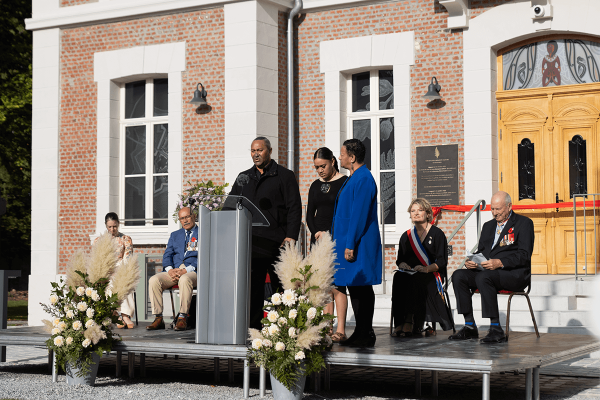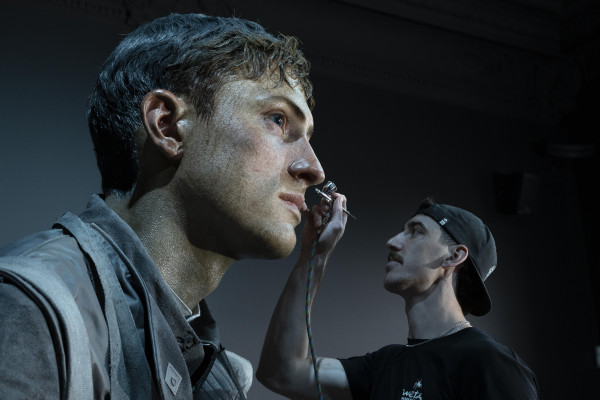The New Zealand Liberation Museum opens in France
The New Zealand Liberation Museum opens in France
On 11 October 2023, in Le Quesnoy, a small town in northern France, the New Zealand Liberation Museum — Te Arawhata, was opened by the Rt Hon. Sir Jerry Mateparae and Marie-Sophie Lesne, the Mayor of Le Quesnoy.

Photo credit: NZMMT-LQ Anna Birchall
Present at the opening were descendants of Kiwi soldiers who liberated Le Quesnoy in World War 1, and those who gave to the $15 million project.
Le Quesnoy was held for almost the entirety of the Great War by the Germans. It was occupied from August 1914 through to its dramatic liberation on 4 November 1918, when Kiwi soldiers scaled a ladder set against the ancient walls of the town and took the occupying Germans as prisoners. The liberation of the walled town by ladder was a feat so unusual it even made the New York Times.
The New Zealanders chose not to fire over the town’s ramparts, to preserve the civilian lives within. While there were Kiwi casualties fighting for the liberation of Le Quesnoy, not one citizen of the town died in the battle.
This was New Zealand’s last major action in the war. To this day, the town of Le Quesnoy continues to mark the important role that New Zealand played in its history. Streets are named after New Zealand places, there is a New Zealand memorial and a primary school that bears the name of a Kiwi soldier.
Te Arawhata means ‘the ladder’ — referencing the way Kiwi soldiers used ladders to climb over the wall. At the centre of the museum is a 7.4-metre-high ladder that extends up through the museum’s stairwell.
One feature is the immersive visitor experience created by Wētā Workshop. It includes a large-scale, hyper-realistic soldier, which is one of the first figures that visitors see when they enter.

Photo credit: Wētā Workshop
Following the war, most of the allies built their own museums and visitor centres on the Western Front, but New Zealand didn’t, until now. It’s taken more than a century and a lot of hard work, but with this museum, New Zealand can now join its allies and have a place of its own to honour the fallen.